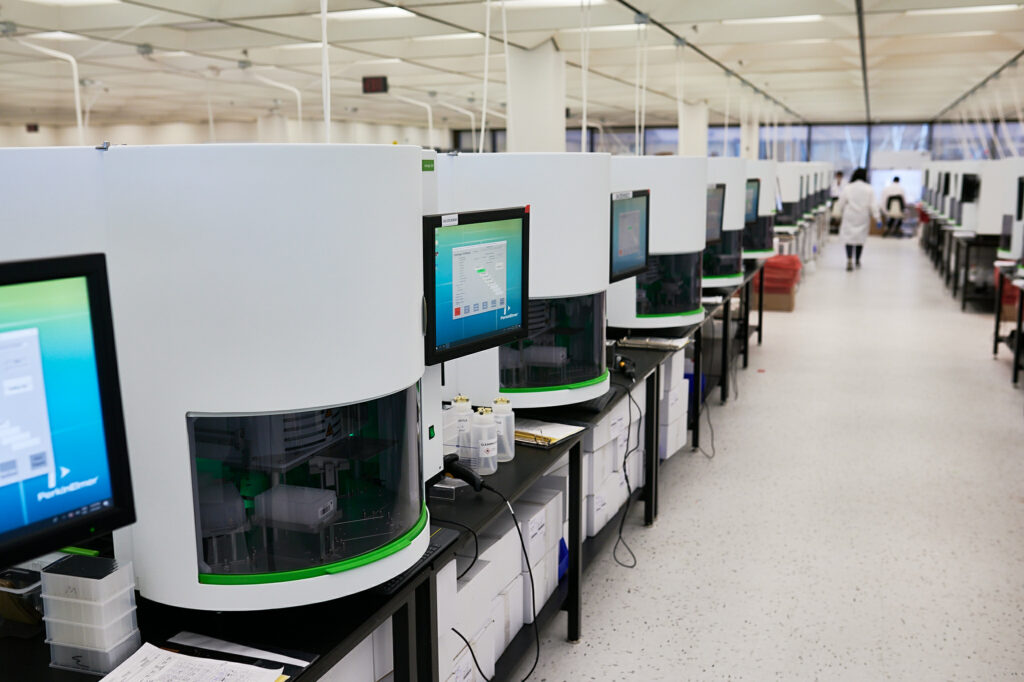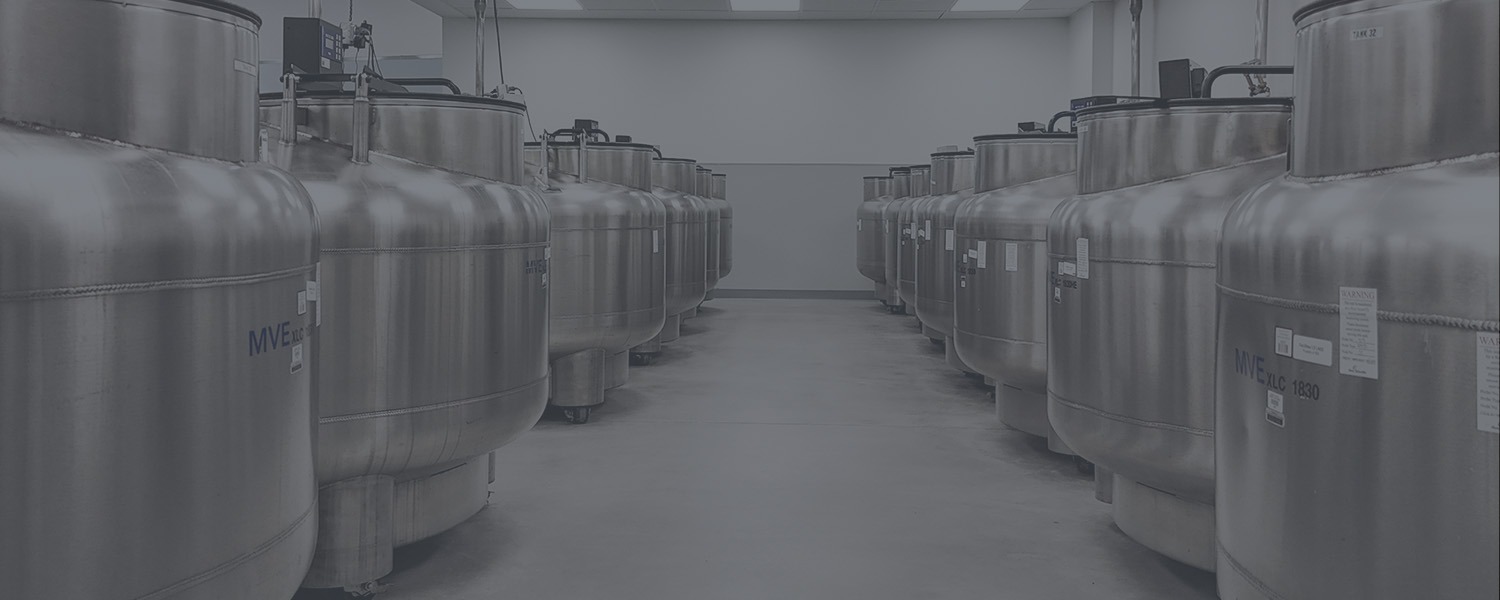DNA extraction and purification is a vital step involved in several molecular biology and genomics-based research methods. This is because it determines the quality of your samples for downstream experiments. Without high quality, pure DNA samples to work from, researchers run the risk of getting erroneous results in their subsequent investigations. In this article we break down what is involved in this process and four of the biggest challenges that face researchers when attempting to extract DNA from their samples.
DNA extraction involves isolating sufficient amounts of genomic/plasmid DNA from samples (which are often precious and/or irreplaceable). After you have extracted DNA from your samples it is not yet ready for experimentation, a purification step is also necessary. Purifying your samples is crucial since it reduces the contaminants (lipids and proteins) present in your DNA samples that can compromise your research and reduce their “shelf-life” for future experimentation.
A simplified workflow for DNA extraction:
Lyse your cell/tissue samples using the most appropriate method for your samples. This could include mechanical disruption, chemically treating cells or enzymatic digestions.
Once samples are lysed, nucleic acids are isolated from contaminants using a suitable buffer solution and are either filtered, centrifuged or magnetically cleared.
The soluble fraction of the lysate is then treated to obtain purified DNA. One common method involves the addition of magnetic beads that have a matrix coating that binds to DNA present the lysate fraction.
The magnetic beads, now bound to DNA, are then removed and washed with a solution that removes lipids and unwanted proteins to purify the samples.
A charge is applied to the magnetic beads that changes their polarity and separates the DNA collected from the beads, the magnetic beads are removed leaving purified samples.

What are the challenges facing DNA extraction?
Most commercial labs require DNA for their downstream applications such as PCR and molecular cloning. However, they may also have limited supplies of cell/tissue samples which means that optimizing the extraction from their limited resources becomes key to successful downstream applications. The four biggest challenges to overcome in this process can be largely summarized as:
- The need for automation
- Employing high-throughput solutions
- Saving time
- Lack of expertise
Automation
Labs that are scaling up, or looking to scale up, can turn to automation to streamline their experiments and increase data output. The same principle can be applied to this process since the advantages of automation are hard to argue with. By selecting a platform such as Perkin Elmer’s Chemagic 360 instrument, researchers can step away from manually extracting DNA from samples and save time whilst minimizing the number of human errors seen in these workflows. Automation is costly however, since not only are you having to pay high prices to outright purchase the automated platform, but there are also lab space concerns and the extra overhead involved such as maintenance and annual service fees.
High-throughput solutions
Similarly, labs that are scaling up or ones that deal with large numbers of samples inevitably require platforms with High-throughput solutions to keep up with their increasing sample count. A platform that can deal with large volumes of samples will also almost always be an automated one and so the two features are complimentary. Taking a look at Perkin Elmer’s Chemagic 360 platform as an example, the platform is capable of being able to process 12x 10ml samples, 24x 2ml samples or 96 well plates with 400ul volumes with ease. The platform’s ability to handle a wide range of volumes means that it can be used as a “one-stop shop” for DNA extraction since it means one instrument can handle a wide variety of sample types. This saves time for researchers since they only need to become familiar with one platform, however this optimization requires intensive training and experience to be invested by individuals and teams.
Saving time
This process can take hours of active and passive work by researchers. In many cases researchers actively spend hours extracting and purifying samples between overnight incubation periods. Saving time is another important feature of automated, high-throughput platforms. Typically, a researcher spends 3 hours of overall “hands-on time” to extract DNA from large sample volumes such as 12x 10ml samples of blood. For the same number and volume of samples, automated platforms can perform the process in under 2 hours. Moreover, for samples with volumes of 400ul or below, it can take up to 6 hours to extract by hand, whereas an automated platform can successfully achieve this goal in just over an hour. Saving time in this manner allows researchers to focus on other aspects of their research as well as allowing them to start experiments which require purified DNA, much faster.
Lack of expertise
Not all samples can be treated the same way. Even though most cell/tissue samples can have DNA extracted from them easily and using automated platforms, there are always exceptions. Samples derived from mouse tails for example sometimes require phase separation steps to be completed which means employing methods that require “salting out” DNA. Even if you have samples that can be worked with easily, a batch of cells/tissue that has not been optimally stored or have even undergone some degradation will likewise require to be salted out in order to obtain pure DNA. The question must be addressed: Is it better to optimize methods to salt out DNA yourself or is it smarter to outsource the whole process to a company who can deliver processed samples on-time and efficiently.
DNA extraction at Sampled
With decades of experience and a success rate of over 99.9% for DNA extraction, the Sampled team are ready to accept your samples no matter how large or small your sample volumes and quantities are. We have multiple automated, high-throughput platforms such as Perkin Elmer’s Chemagic 360 and Qiagen’s Qia Symphony instruments that can take multiple different sample types and volumes depending on your needs. By outsourcing your needs to us, you can spend more time on the research that matters to you and not have to sacrifice bench space and costs towards scaling up lab processes.
Our experts are ready to take any questions you may have or discuss bespoke DNA extraction workflows with you, for more information click here

